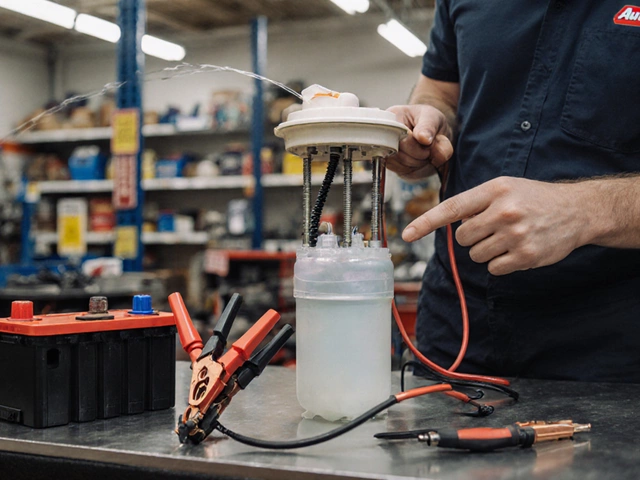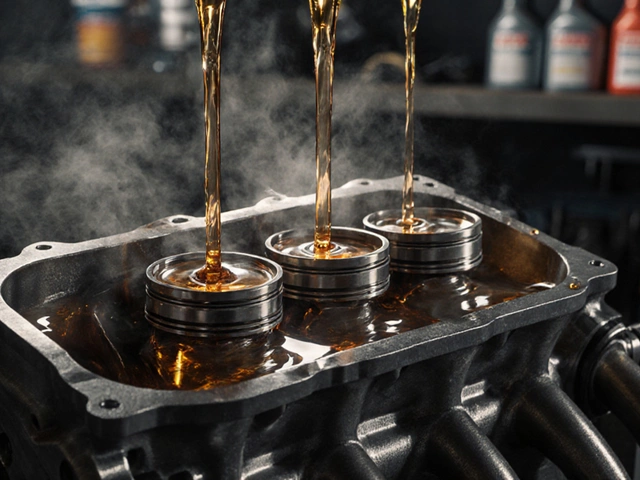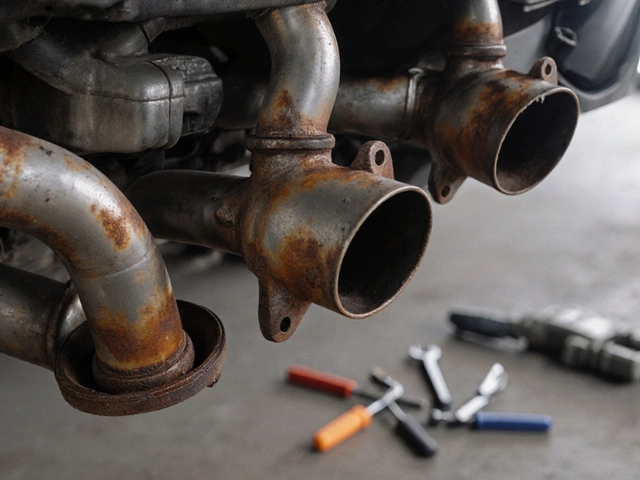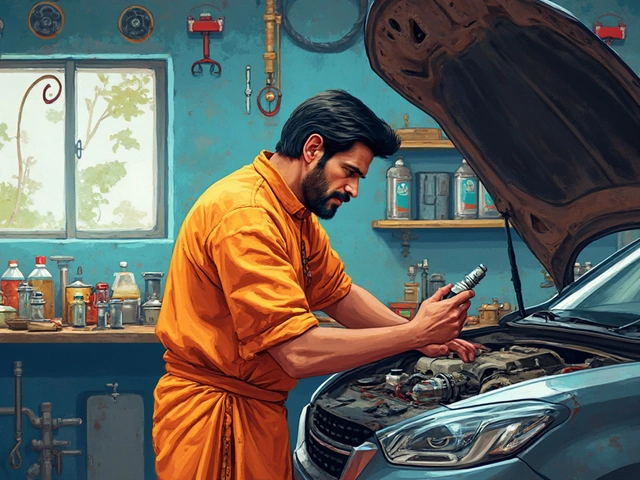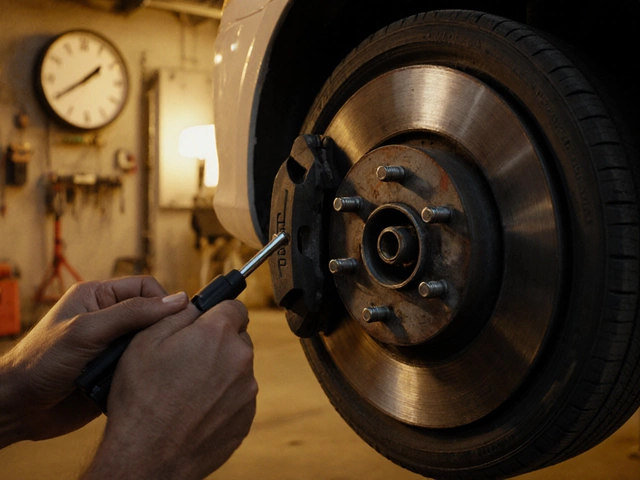Worn Shocks: Signs, Risks, and What to Do Next
When your car feels like it’s bouncing over every little bump, or the front dips when you brake hard, you’re not imagining it—your worn shocks, damaged shock absorbers that fail to control spring movement and reduce vehicle stability. Also known as worn suspension dampers, they’re one of the most common but overlooked problems in cars today. These parts don’t just make your ride uncomfortable—they directly affect how your car stops, turns, and stays in control.
Shock absorbers work with springs to keep your tires planted on the road. When they wear out, your tires lose contact with the pavement, especially on rough surfaces or during quick maneuvers. This leads to longer braking distances, uneven tire wear, and a higher chance of losing control in wet or slippery conditions. You might hear loud clunks or rattles when driving over speed bumps—that’s not just noise, it’s your suspension failing. Suspension problems, issues in the system that connects wheels to the vehicle body, including shocks, struts, springs, and bushings like this don’t show up on dash lights, so most drivers wait until it’s too late. And by then, you’re not just replacing shocks—you might be replacing tires, brake components, or even damaged control arms.
Driving with noisy suspension, audible clunking, thumping, or rattling from the vehicle’s suspension system due to worn or broken parts isn’t just annoying—it’s dangerous. Studies show that vehicles with worn shocks take up to 20% longer to stop from 60 mph. That’s like adding a full car length to your stopping distance. And if you’ve noticed your car leaning too much in turns, or the front end diving under braking, those are textbook signs your shocks are done. Replacing them isn’t a luxury; it’s a safety upgrade.
You don’t need to be a mechanic to spot the problem. Try the bounce test: push down hard on one corner of your car and let go. If it bounces more than once or twice, your shocks are worn. Look for oil leaks around the shock body—any wetness means the internal seal has failed. And don’t wait for the noise to get louder. By then, other parts are already taking the stress.
Below, you’ll find real-world guides that break down exactly what to look for, how to confirm the issue, what parts to replace, and how much it costs. Whether you’re hearing clunks, feeling instability, or just want to know if your car still handles safely, these posts give you the facts without the fluff. No guesswork. No upsells. Just what you need to fix it right.

How Long Can You Drive With Bad Shocks? Real Risks and When to Replace Them
Driving with bad shocks reduces control, increases stopping distance, and wears out tires faster. Learn the signs, risks, and when to replace them for safety on New Zealand roads.
CONTINUE READING